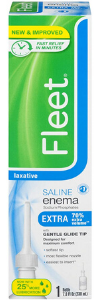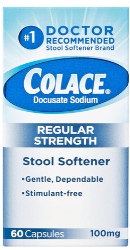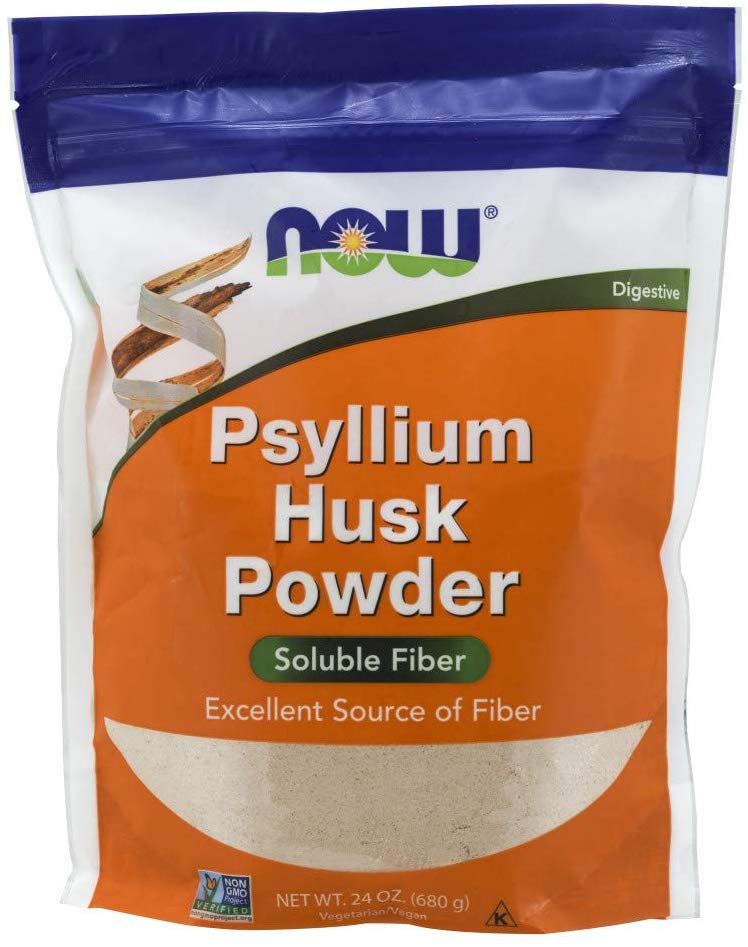Constipation
Overview
What is constipation? — Constipation is a common problem that makes it hard to have bowel movements. Your bowel movements might be:
●Too hard
●Too small
●Hard to get out
●Happening fewer than 3 times a week
What causes constipation? — Constipation can be caused by:
●Side effects of some medicines
●Poor diet
●Diseases of the digestive system (figure 1)
What other symptoms should I watch for? — These symptoms could signal a more serious problem:
●Blood in the toilet or on the toilet paper after having a bowel movement
●Fever
●Weight loss
●Feeling weak
Is there anything I can do on my own to get rid of constipation? — Yes. Try these steps:
●Eat foods that have a lot of fiber. Good choices are fruits, vegetables, prune juice, and cereal (table 1).
●Drink plenty of water and other fluids.
●When you feel the need to go to the bathroom, go to the bathroom. Don’t hold it.
●Take laxatives. These are medicines that help make bowel movements easier to get out. Some are pills that you swallow. Others go into the rectum. These are called “suppositories.”
Should I see a doctor or nurse? — See your doctor or nurse if:
●Your symptoms are new or not normal for you
●You do not have a bowel movement for a few days
●The problem comes and goes, but lasts for longer than 3 weeks
●You are in a lot of pain
●You have other symptoms that also worry you (for example, bleeding, weakness, weight loss, or fever)
●Other people in your family have had colorectal cancer or inflammatory bowel disease
Are there tests I should have? — Your doctor or nurse will decide which tests you should have based on your age, other symptoms, and individual situation. There are lots of tests, but you might not need any.
Here are the most common tests doctors use to find the cause of constipation:
●Rectal exam – Your doctor will look at the outside of your anus. He or she will also use a finger to feel inside the opening.
●Sigmoidoscopy or colonoscopy – For these tests, the doctor puts a thin tube into your anus. Then, he or she advances the tube into your large intestine. The large intestine is also called the colon. The tube has a camera attached to it, so the doctor can look inside your intestines. During these tests, the doctor can also take samples of tissue to look at under a microscope (figure 2).
●X-rays or MRI – These create images of the inside of your body.
●Manometry studies – Manometry allows the doctor to measure the pressure inside the rectum at various points. It can help the doctor find out if the muscles that control bowel movements are working right. The test also shows whether the person’s rectum can feel normally.
How is constipation treated? — That depends on what is causing your constipation. First, your doctor will want you to try eating more fiber and drinking more water. If that doesn’t help, your doctor might suggest:
●Medicines that you swallow or put in your rectum
●Changing the medicines you are taking for other conditions
●A treatment called an “enema” – For this treatment, a doctor or nurse will squirt water into your rectum. He or she might also use a thin tool to help break up bowel movements that are still inside you.
You might also be able to give yourself enema treatments at home, too. Enemas can be just water, or they can contain medicine to help with constipation.
●Biofeedback – This is a technique that teaches you to relax your muscles so you can let go and push bowel movements out.
Can constipation be prevented? — You can reduce your chances of getting constipation again by:
●Eating a diet that is full of fiber (table 1)
●Drinking water and other fluids during the day
●Going to the bathroom at regular times every day
figure 1: Digestive system
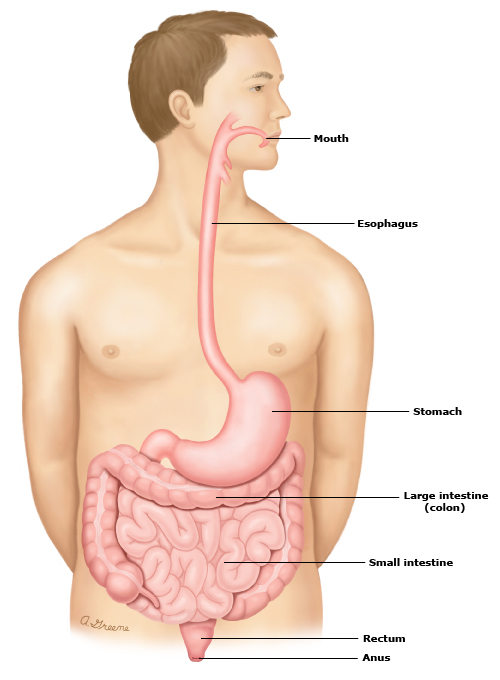
This drawing shows the organs in the body that process food. Together these organs are called “the digestive system,” or “digestive tract.” As food travels through this system, the body absorbs nutrients and water.
Food | Serving | Grams of fiber |
|---|---|---|
Fruits | ||
Apple (with skin) | 1 medium apple | 4.4 |
Banana | 1 medium banana | 3.1 |
Oranges | 1 orange | 3.1 |
Prunes | 1 cup, pitted | 12.4 |
Juices | ||
Apple, unsweetened, with added ascorbic acid | 1 cup | 0.5 |
Grapefruit, white, canned, sweetened | 1 cup | 0.2 |
Grape, unsweetened, with added ascorbic acid | 1 cup | 0.5 |
Orange | 1 cup | 0.7 |
Vegetables | ||
Cooked | ||
| 1 cup | 4.0 |
| 1/2 cup sliced | 2.3 |
| 1 cup | 8.8 |
| 1 medium potato | 3.8 |
Raw | ||
| 1 cucumber | 1.5 |
| 1 cup shredded | 0.5 |
| 1 medium tomato | 1.5 |
| 1 cup | 0.7 |
Legumes | ||
| 1 cup | 13.9 |
| 1 cup | 13.6 |
| 1 cup | 11.6 |
| 1 cup | 15.6 |
Breads, pastas, flours | ||
Bran muffins | 1 medium muffin | 5.2 |
Oatmeal, cooked | 1 cup | 4.0 |
White bread | 1 slice | 0.6 |
Whole-wheat bread | 1 slice | 1.9 |
Pasta and rice, cooked | ||
| 1 cup | 2.5 |
| 1 cup | 3.5 |
| 1 cup | 0.6 |
| 1 cup | 2.5 |
Nuts | ||
Almonds | 1/2 cup | 8.7 |
Peanuts | 1/2 cup | 7.9 |
To learn how much fiber and other nutrients are in different foods, visit the United States Department of Agriculture (USDA) FoodData Central website.
figure 2: Colonoscopy
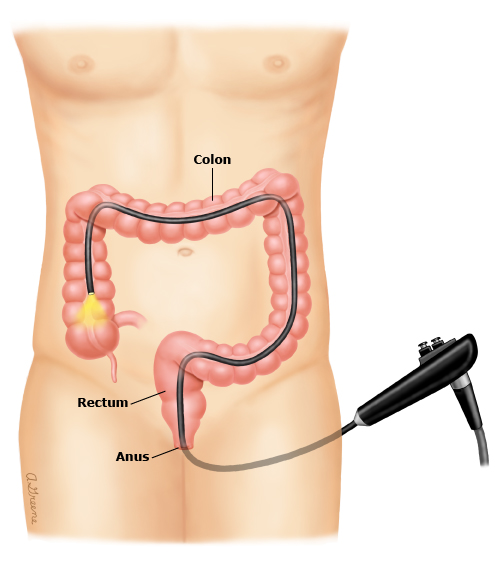
During a colonoscopy, you lie on your side and the doctor or nurse puts a thin tube with a camera into your anus (from behind). Then the doctor or nurse advances the tube into the rectum and colon. The camera sends pictures from inside your colon to a television screen.
Stool Softener
Usual Adult Dose
Oral: 50 to 400 mg (using any of the salt forms) orally administered in 1 to 4 equally divided doses each day.
Usual Pediatric Dose for Constipation
Oral:
less than 3 years: 10 to 40 mg (docusate sodium) orally divided in 1 to 4 doses.
3 to 6 years: 20 to 60 mg (docusate sodium) orally divided in 1 to 4 doses.
6 to 12 years: 40 to 150 mg (docusate sodium) orally divided in 1 to 4 doses.
greater than 12 years: 50 to 400 mg (using any of the salt forms) orally administered in 1 to 4 equally divided doses each day.
Osmotic Laxative
MiraLAX (polyethylene glycol 3350) is a laxative solution that increases the amount of water in the intestinal tract to stimulate bowel movements.
MiraLAX is used as a laxative to treat occasional constipation or irregular bowel movements.
Adults and children 17 years of age and older:
- stir and dissolve one packet of powder (17 g) in any 4 to 8 ounces of beverage (cold, hot or room temperature) then drink
- use once a day
- use no more than 7 days
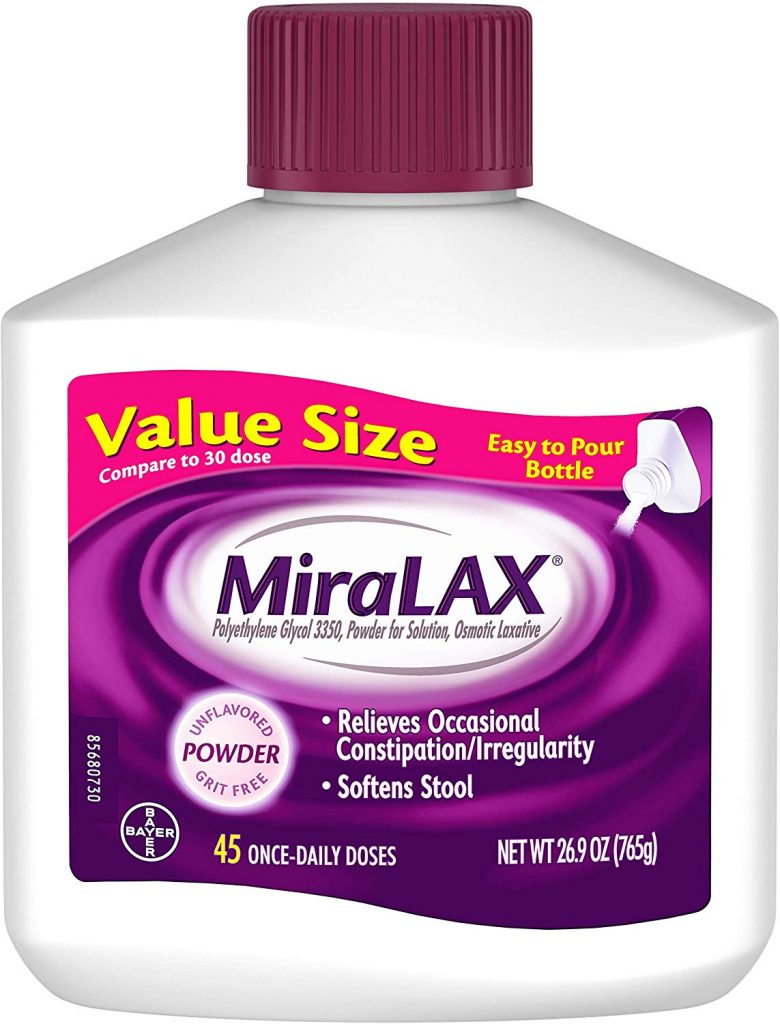
Stimulant Laxative
Usual Adult Dose for Constipation
Oral:
TABLET: 5 to 15 mg orally once a day as needed
-Duration of therapy: Up to 1 week
Temporary relief of occasional constipation and irregularity.
Bulk-forming Fiber Laxative
Metamucil is a bulk-forming fiber laxative that is used to treat occasional constipation or bowel irregularity.
Metamucil may also help lower cholesterol when used together with a diet low in cholesterol and saturated fat.
Usual Adult Dose for Constipation
Daily fiber:
Adults 19 to 50 years: Male: 38 g/day; Female: 25 g/day
Pregnancy: 28 g/day
Lactation: 29 g/day
Dose:
1 to 2 rounded teaspoonfuls, 1 to 2 packets, 1 to 2 wafers, or 5 to 6 capsules orally with 8 ounces of fluid 1 to 3 times a day
Saline Laxative
Usual Adult Dose
Enema: 1 bottle, rectally, once daily
Comments:
-There is significant loss of fluid with this product; to prevent dehydration, drink plenty of clear liquids after use.
